Advertisement
Study argues for expanded role for advanced practice providers

An initiative to improve documentation of evaluation and management (E/M) services and subsequent hospital care by advanced-practice providers (APPs) on Cleveland Clinic inpatient vascular surgery teams resulted in substantial improvements in reimbursement, accuracy of patient complexity measurements and quality of care.
Advertisement
Cleveland Clinic is a non-profit academic medical center. Advertising on our site helps support our mission. We do not endorse non-Cleveland Clinic products or services. Policy
So finds a new analysis published by Cleveland Clinic researchers in the Journal of Vascular Surgery (Epub 2021 Jun 26). The study is the first to examine the impact of APPs billing outside the global surgical package, i.e, a single payment for all care associated with a surgical procedure.
“Specific and accurate documentation of patient care and diagnoses in the medical record are essential to demonstrate high-quality care and to determine appropriate reimbursement,” says study co-author Sean Lyden, MD, Chair of Vascular Surgery at Cleveland Clinic.
“As surgeons,” he adds, “we cannot bill outside the global surgical package for inpatient care, but APPs can for preexisting conditions. Vascular surgery patients tend to have many serious comorbidities that exist prior to admission and these conditions need to be managed in the perioperative period, complicating surgical care. Functioning as independent practitioners, APPs provide complex medical management for these comorbidities and may bill for their services.”
Prior to the documentation initiative, the vascular surgery team would see patients and document notes in the chart but not necessarily code for all the complicating comorbid conditions of this challenging population. “There has always been a lot of misunderstanding nationally about documentation, coding and billing,” Dr. Lyden explains. “We sought to correct this in our department and our institute with accurate and careful documentation.”
In 2016, Cleveland Clinic’s Heart, Vascular & Thoracic Institute undertook the initiative to ensure that E/M notes were thoroughly completed for all patients, including those in the Department of Vascular Surgery.
Standardized documentation templates were developed with assistance from the institute’s coding and documentation specialists and made available in Cleveland Clinic’s electronic medical record. A daily progress note was created to increase the accuracy of documentation relative to Centers for Medicare & Medicaid Services (CMS) reimbursement guidelines. The note was designed to automatically populate key elements to be reviewed and amended by practitioners.
All APPs and staff surgeons were provided with comprehensive training in the new documentation procedures.
To evaluate the impact of improved documentation on reimbursement and quality metrics, hospital care E/M codes from 2015 to 2017 were audited and analyzed.
Advertisement
One year after the documentation initiative began, E/M charges on the vascular surgery service line had increased by 78.5%, with a parallel increase in APP charges from 0.4% of billable E/M services to 70.4%. Charge capture of E/M services for all vascular surgery inpatients climbed from 21.4% to 37.9%. Reimbursement by CMS increased accordingly, by 65.0%.
In addition to increased reimbursement, better E/M documentation provided a more accurate view of quality and complexity of care.
“Inpatient acuity is critical in determining quality metrics and ensuring the accuracy of publicly reported data,” Dr. Lyden explains. “When we do not code and bill properly, we do not provide a fair picture of patient acuity and complexity which are typically very high in vascular surgery patients, especially at Cleveland Clinic.”
For example, if a patient is documented only as having had an aneurysm, that is considered far less complex than if it’s noted that they also had a history of coronary and carotid surgery, hypertension, hyperlipidemia and other comorbidities. “If a patient without documented comorbidities passes away,” Dr. Lyden notes, “it is considered an unexpected death, whereas morbidity and mortality in a patient with a large juxtarenal aortic aneurysm with multiple comorbidities might be more expected.”
Advertisement
Two publicly reported quality metrics, the case mix index (CMI) and the mortality index (MI), depend on the accuracy of inpatient documentation and impact quality ratings as well as value-based hospital reimbursement. Notably, this study revealed that from 2015 to 2017 the MI decreased from 0.71 to 0.53, a 25.4% improvement, and the CMI of the vascular surgery inpatient cohort increased by 5.6%.
The authors note that the prevalence of 14 major comorbidities remained statistically stable throughout the study period, as did length of stay. This suggests that the patient population didn’t change over the study period.
According to Dr. Lyden, the results of this analysis support the invaluable service APPs provide to vascular surgeons. “There is no question APPs help us meet the needs of an increasingly complex and aging patient population,” he says. “With the impending shortage of vascular surgeons, our dependence on them will surely grow. In addition to caring for our own patients with arterial and venous diseases, vascular surgery teams are invaluable to their overall hospitals as we support nearly every inpatient hospital service from cardiology and cardiac surgery to urology, orthopaedics, neurosurgery, ENT, interventional radiology and interventional neurology. Vascular surgeons take care of very complex, very sick patients, and we need help from APPs to do it. By providing direct patient care with accurate clinical documentation, APPs practicing at the top of their medical license can gain support through billing generated from their E/M and subsequent hospital care services.”
Advertisement
Advertisement
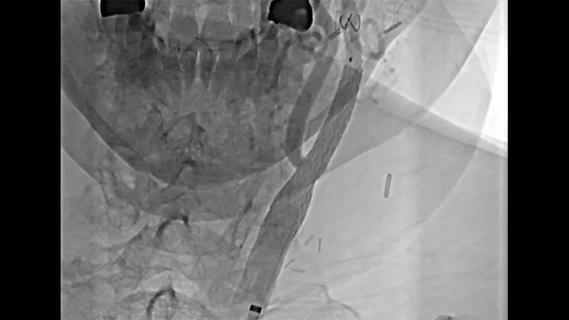
Insights from the Cleveland Clinic experience and a multispecialty alliance
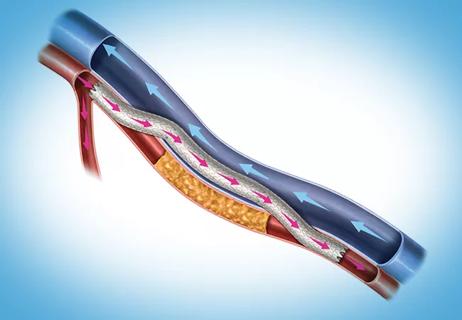
Larger data set confirms safety, efficacy and durability for SFA lesions over 20 cm
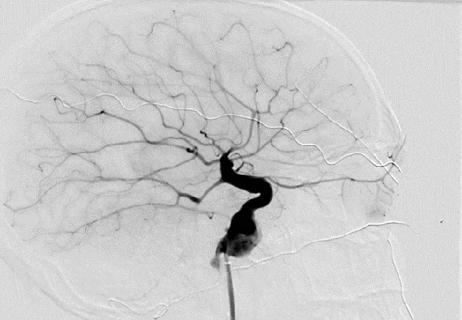
Cleveland Clinic findings prompt efforts for broad data pooling

Benefits of new FDA safety determination go beyond expanding patients’ options

Technique features heavyweight guidewire and electrocautery to access the aortic sac

A look at where TCAR and transfemoral carotid stenting are likely headed
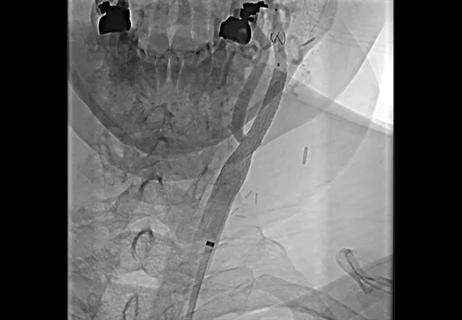
JACC review calls for CMS to update coverage decision
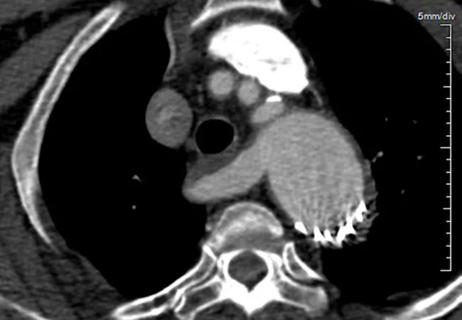
Cleveland Clinic experience points to a symptoms- and complications-based approach